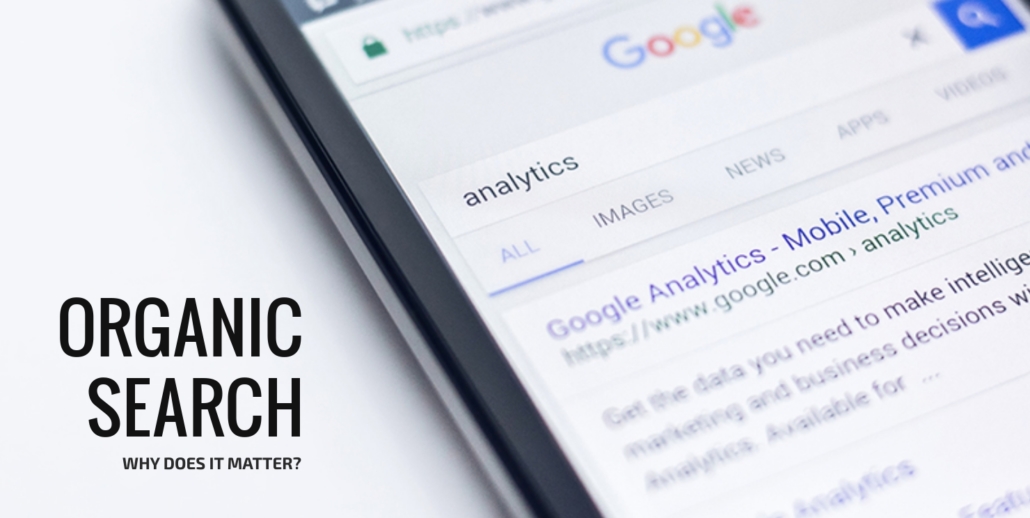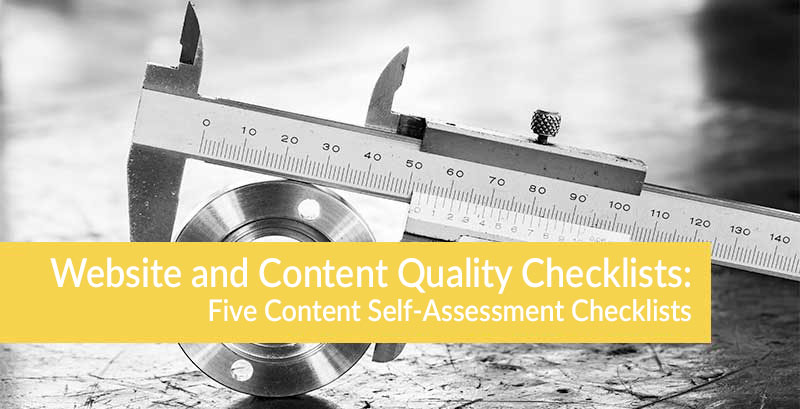Search intent must be the foundation for every piece of content you write
Satisfying search intent must be your number one goal. Plain and simple, if your content doesn’t deliver for search intent, it’s not going to rank.
Google is doing its best to make it obvious how important search intent is for your content, audience, and search engine results ranking. With Google BERT, Google Page Experience, featured snippets, People Also Ask, and the related searches list, Google is clearly doing everything it can to satisfy the user.
People come to Google because they have questions, and they want answers. This demands understanding the intent behind the search, where in the buying journey or marketing funnel the person is, and what extra information the person might need to satisfy their needs.
And this all circles back to you. You need to give Google what it wants – content that fulfills search intent. Now, we know you can’t read the minds of your audience, but thanks to Google, you can learn a lot about why people are asking the questions they’re asking and what this says about the type of information they’re looking for.
Search intent is a big deal. Do not overlook it. The way people search and their expectations from search results is changing. What worked six months ago, won’t necessarily work now. And with the upcoming release of Google Page Experience in May, there is no time to waste – you need to make your audience the priority.
What is Search Intent?
Search intent is the reason behind the question or query a person types or asks. The search intent tells us what questions, concerns, problems, or interests the person has. The type of search intent also gives us insight into how much knowledge the person has about the topic, where they are in the buyer’s journey, and what they’re trying to accomplish.
Search intent is often referred to as user intent or audience intent. These terms all mean the same thing – what does the searcher want to know?
When you understand the search intent of your audience, you’re better able to provide content that meets their needs. This allows you to establish yourself as an authority and expert, helping you stand out in the eyes of Google and your audience.
Why Search Intent Matters
Search intent matters because it allows you reach a broader audience with content that connects and satisfies wherever people are in their research and buying journey.
And this ultimately is the reason why you have a website, blog, whitepapers, webinars, a social media presence, ebooks, etc. You are trying to sell your company, brand, products, or services to people.
Without knowing search intent – you cannot help the very people your company exists to serve. You identified a need, formulated a product or service, and launched your company – and this same motivation must be the basis for your content.
Why do you exist for other people? What are you trying to give them? What is it that the people you serve need to know?
When you know this your content gets better. You can satisfy search intent more easily and quickly. And if you’re really savvy and stay on top of search intent, your content will rank and get noticed.
The Four Types of Search Intent
The four types of search intent are:
1. Informational
The person wants information. The type of information can range from the factual, such as who is the prime minister of Canada to the more detailed, such as how does the cloud work. Informational search intent is not always found in a question.
Examples of informational search intent:
- Ted Lasso
- What is Mars Rover
- Takeout pizza in Houston
- Paper or plastic pick-up today
2. Navigational
The person is searching for a specific website. The person knows where they want to go on the internet but don’t know how to get there. Instead of typing (and guessing) at a URL, they instead type the name of a company, brand, product, or service when looking for the actual website.
Examples of navigational search intent:
- SEMRush
- Know Agency SEO basics course
- Craftsy
- Instagram login
3. Transactional
The person is ready to buy. This person has a good idea of what they want and now they want to complete their purchase. They are looking for the best product or service and place to buy it.
Examples of navigational search intent:
- Best Aqua Sphere goggles
- Buy new Air Jordans
- Knix coupon
- Deals on cast iron frying pans
4. Commercial Investigation
The person knows they want to buy but is looking for extra information. The person has done most of their product or service research and now wants to narrow their search with reviews, comparisons, and knowing what the most popular or best option is.
Examples of commercial investigation:
- Top SEO experts in Georgia
- Best hybrid car
- Buffer vs SEMRush
- Best brand of dark chocolate
Not every person wants to know the same thing about running shoes, concert venues, or washing machines.
This is what makes meeting search intent challenging and interesting – it allows you to really learn about your audience and how you can truly help them. Companies who understand search intent can meet people wherever they are in the buyer’s journey with the right content.
How To Optimize for Search Intent
To optimize for search intent, you need to do the following four steps:
1. Understand Keyword Modifiers
Knowing your keywords is not enough. You need to understand how these keywords are modified. This tells you how your keywords are used in the four different types of search intent.
Use a tool such as SEMRush to see how people use your keywords in searches. Words or modifiers such as how, where, best, examples, guide, buy, learn, vs., top, what, who, or where can tell you where the person is in the buyer’s journey and narrow the search intent.
2. Put Google To Work For You
The truth is Google wants you to satisfy search intent. Pay close attention to the SERP for your keywords and you can learn what people really want to know about a topic, product, service, company, brand, etc.
- People Also Asked: this list of questions is a goldmine of information about the what, when, where, why, how, and who of the search. You can see the range and types of questions people are asking. When you expand one question, the list is populated with more related questions. People Also Asked lists are typically displayed for informational searches.
- Featured Snippets: these highlighted boxes of information at the top of the SERP typically display for informational searches. These can tell you exactly what type of content people are looking for and the content that best satisfies the search intent. Depending on the search, Google may display a Knowledge Card, Videos, Images, Adwords Ads, or Top Stories. All of these SERP features can be used to discover search intent.
- Top Ranking Pages: Google ranks the pages that best meet search intent at the top of the search results. Visit these pages, read the content, understand the keywords, and look at how the page is formatted. This tells you a lot about what Google considers to be the best way to meet search intent.
- Related Searches: scroll to the bottom of the SERP and look at the related searches. Depending on the search, Google may display a list of products, more search terms, a list of videos or images, etc. This can tell you what else people want to know and how they’re approaching their research.
3. The Right Content
Now it’s time to write content that delivers on the search intent. You need to provide the right type of content in the right format with the right message.
For example, if the search intent is what is SEO you can write a blog post that answer the question directly, provides information about on- and off-page SEO, and gives advice on how to optimize for SEO.
But if the search intent is hire SEO agency you want to provide a product or service pages that highlight your SEO expertise, the work you’ve done, and what you do.
It’s important to not get locked into always writing blog posts or using the same format for every page or article. Make sure the content delivers the answer and satisfies search intent is the simplest and most straight forward way. If you’re not sure how to do this, look at the top-ranking search results for your keywords.
4. Focus On User Experience
Remember, Google wants every person to have a pleasing and easy user experience. Make sure you page gives people the best possible user experience:
- Make it easy to read: use white space, short paragraphs, simple sentences, lists, subtopics and headers.
- Write like you speak: use simple and obvious language just like you do when you’re speaking.
- Help people find related content: use internal links to help people navigate your website and find content relevant to their search intent.
- Provide security: use HTTPS to deliver an extra layer of security by encrypting data and protecting it from hackers.
- Make your site fast: people and Google have zero patience for slow websites. Site speed is so important that Google has made it a ranking factor in its Page Experience update.
- Be mobile-friendly: people turn to their mobile devices when they have a question that needs answering quickly. Make sure your site loads quickly, the menus are easy to use, and that all of the buttons work correctly.
- Get rid of intrusive pop ups: no one has patience for pop ups that clutter the screen and are difficult to close. Google strongly dislikes annoying pop ups or interstitials that block the entire page – these hurt your ranking.
Search intent is the most important ranking factor. When you fail to provide the information people are looking for, you aren’t going to rank. It’s this simple.
There are no tricks or workarounds to satisfying search intent. Find out what people are looking for and asking, learn what type of content best fills these content gaps, and deliver this content in a user friendly format.
Contact us or call us (888-241-4205) and we’ll make sure your content satisfies search intent.
About the author
Jane Phelps is the CEO/Partner at Know Agency. Jane leads client SEO strategy and handles all aspects of in-house SEO demands. This includes providing SEO training, competitive analysis, keyword research, algorithm analysis, and the review of all new content to ensure SEO best-practices are followed. Jane holds a Master’s Certificate in Online Marketing from the University of San Francisco, is BrightEdge Certified.



